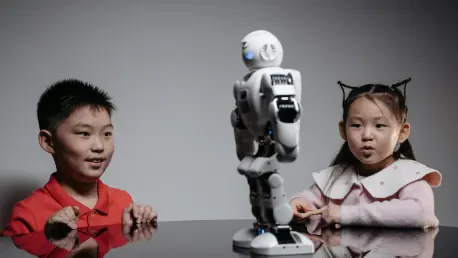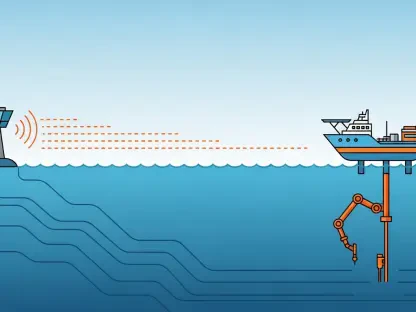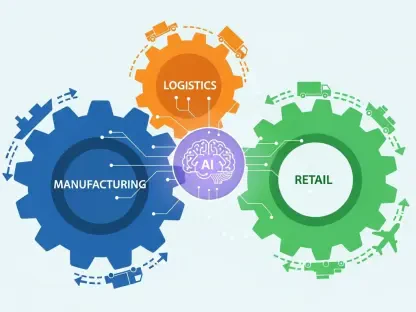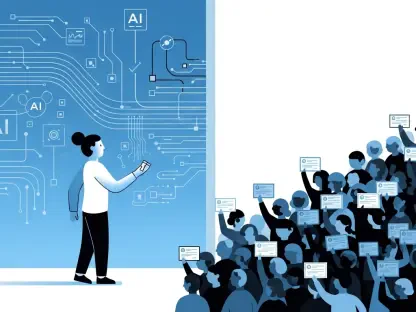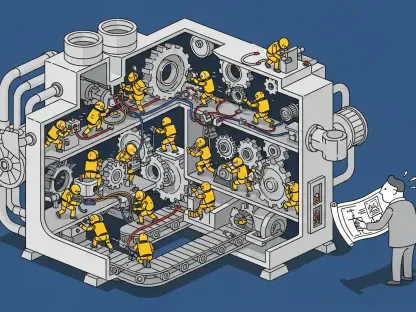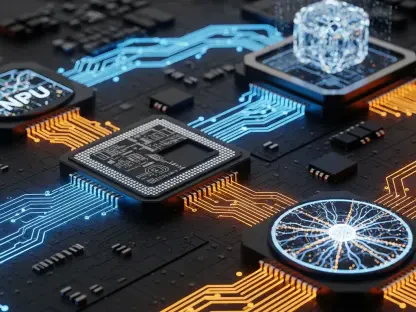In a rapidly evolving global landscape, the intersection of technology and creativity has become a pivotal concern for cultural and economic development, especially in countries like the Philippines where the creative industry holds untapped potential. A recent panel discussion at a notable cultural event in Quezon City brought together prominent figures from the Filipino creative sector to address pressing issues surrounding artificial intelligence (AI), arts education, and policy support. Moderated by Sai Versailles, the conversation featured insights from industry leaders who explored how these elements shape the future of culture and innovation. Their dialogue revealed both the challenges and opportunities that lie ahead, emphasizing the need for systemic change to nurture creativity in an increasingly digital world. This discussion serves as a clarion call for stakeholders to prioritize investment and education while navigating the complexities of technological advancements.
Policy Gaps and the Need for Investment
A significant focus of the panel was the glaring disparity in government support for the creative industries in the Philippines compared to other nations. Paolo Mercado, a key voice in the discussion, pointed out that the annual budget allocated to the Creative Industries Development Office is a modest P500 million. When juxtaposed with the multi-billion-dollar investments made by countries like South Korea in sectors such as animation, this figure highlights a critical shortfall. The lack of substantial funding limits the global competitiveness of Filipino creatives, despite growing interest from both public and private sectors. Panelists agreed that without a robust financial framework, the industry struggles to scale and innovate on an international stage. Addressing this gap is not merely a matter of economics but a necessity for cultural preservation and growth, as the creative sector plays a vital role in shaping national identity and driving economic progress through unique artistic contributions.
Beyond the numbers, the discussion underscored the urgency of policy reform to bolster the creative economy. Mercado emphasized that strategic government intervention is essential to create an environment where artists and innovators can thrive. Current policies fail to provide the infrastructure needed for sustainable growth, leaving many talented individuals without the resources to compete globally. The panelists highlighted that increased funding must be paired with long-term plans to support creative hubs, training programs, and international collaborations. Such measures would not only elevate the industry’s profile but also ensure that Filipino creativity garners the recognition it deserves. The consensus was clear: without immediate and deliberate action, the Philippines risks falling further behind in a world where cultural capital is increasingly tied to economic success, necessitating a unified push for legislative and financial prioritization.
Preserving Arts Education Amidst Challenges
Another critical theme that emerged was the indispensable role of arts education in fostering a well-rounded society. Dindin Araneta, a passionate advocate for cultural learning, strongly opposed recent recommendations by the Department of Education to exclude arts and humanities from core higher education curricula. The argument centered on the idea that art cultivates emotional intelligence, critical thinking, and community engagement—skills that are as vital as technical expertise. Removing these subjects could result in graduates who, while proficient in specific fields, lack the cultural depth and emotional resilience needed to navigate complex societal challenges. Araneta’s stance resonated as a powerful reminder that education must balance technical training with creative development to produce individuals capable of contributing meaningfully to both the economy and culture.
The broader implications of diminishing arts education were also a focal point of concern among the panelists. A curriculum stripped of creative disciplines risks stifling innovation at its root, as art often serves as a catalyst for original thought and problem-solving. The discussion highlighted that nurturing creativity in schools equips students to adapt to an unpredictable future, especially in industries increasingly influenced by technology. Furthermore, arts education fosters a sense of identity and heritage, grounding individuals in their cultural context while preparing them to engage with global perspectives. Panelists urged policymakers to recognize the long-term consequences of sidelining these subjects, advocating for a holistic approach to education that values both science and the humanities. Protecting this balance is essential to ensure that future generations are not only skilled but also inspired to push boundaries in every field.
Navigating AI’s Role in the Creative Sphere
The rise of AI in the creative industries sparked a nuanced debate among the panelists, balancing its potential benefits with inherent risks. Dindin Araneta stressed the importance of critically engaging with digital tools rather than rejecting them outright, acknowledging that technology is now an integral part of modern artistic expression. This perspective encourages creatives to harness AI as a means of enhancing their work, whether through streamlining processes or exploring new forms of storytelling. However, the cautionary note was that without a thoughtful approach, reliance on such tools could dilute the uniqueness of human artistry. The challenge lies in integrating AI in ways that complement rather than overshadow the creative process, ensuring that technology serves as a partner in innovation rather than a substitute for original thought.
David Guerrero offered a complementary viewpoint, addressing concerns about AI’s potential to homogenize creative output. While recognizing the risk of uniform results due to widespread use of algorithms, Guerrero dismissed fears that AI threatens artists’ relevance. Drawing a parallel to the internet’s impact decades ago, he argued that just as the democratization of information increased the demand for skilled interpreters, AI will amplify the need for human ingenuity to differentiate and elevate content. Using the example of a Filipino athlete’s confidence in global competition, he encouraged creatives to view AI as a tool to exceed current standards. This mindset shift is crucial for the industry to adapt and thrive, positioning technology as an enabler of groundbreaking work rather than a barrier. The discussion highlighted a forward-looking approach, urging artists to embrace AI with both caution and optimism.
Building a Future for Filipino Creativity
Reflecting on the insights shared during the panel, it became evident that the path forward for the Filipino creative industry hinged on actionable strategies and collaborative efforts. The experts pinpointed critical areas—policy reform, educational preservation, and technological adaptation—as pillars for progress. Their dialogue laid bare the stark realities of underfunding and curriculum threats while offering a hopeful vision of what could be achieved with concerted action. The call was made for stakeholders to unite in advocating for increased investment and protective measures for arts education, ensuring that creativity remains at the heart of national development. Moreover, the balanced perspective on AI provided a roadmap for integrating technology without losing the essence of human expression. Moving ahead, the focus should be on creating platforms for dialogue, securing funding commitments, and fostering partnerships that amplify Filipino talent on the global stage, turning challenges into opportunities for lasting cultural impact.
